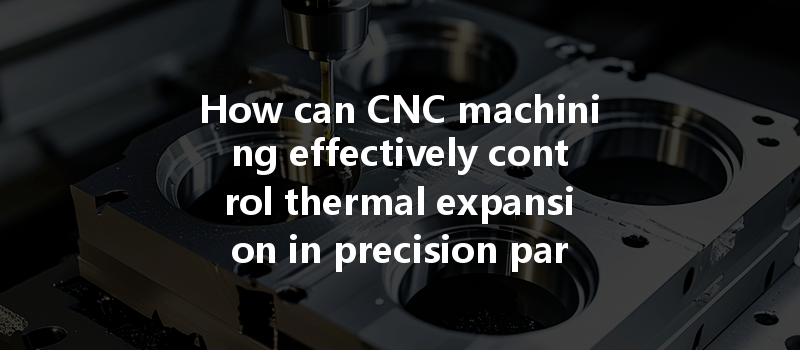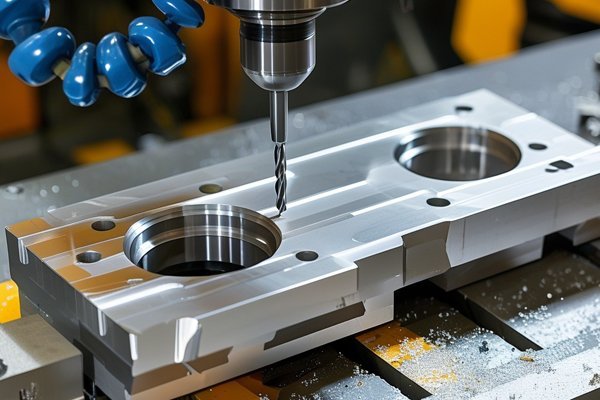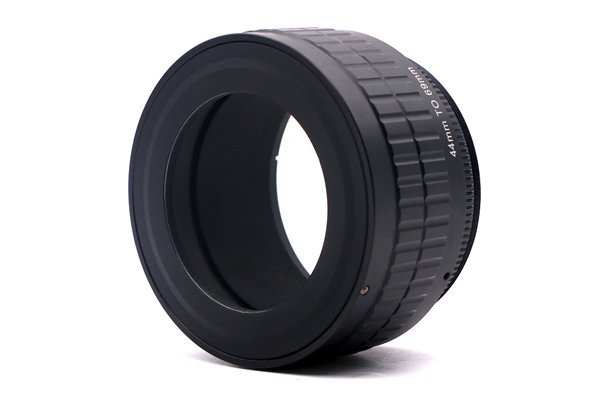—
Opening
Did you know that temperature fluctuations can cause metals and plastics to expand or contract, potentially leading to significant deviations in precision parts during manufacturing? In the world of CNC machining, where tolerances are often held to within a few micrometers, controlling thermal expansion is not just a technical detail; it’s a critical factor that can make or break the quality of your finished product. As industries chase tighter tolerances and better performance, understanding how to mitigate thermal expansion becomes a necessity.
Understanding Thermal Expansion in CNC Machining
Thermal expansion refers to the tendency of materials to change in volume in response to a change in temperature. This principle is governed by the coefficient of thermal expansion (CTE), which quantifies how much a specific material expands or contracts per degree change in temperature.
For CNC machining, managing thermal expansion is crucial for producing parts that meet strict quality and performance specifications. Uncontrolled dimensional changes during processing can lead to real issues with part integrity, fitting, and functionality. For example, in aerospace engineering, even a slight deviation in dimensions due to thermal changes can result in catastrophic failures. Hence, integrating strategies to control thermal expansion in CNC machining is essential for precision manufacturing.
Factors Influencing Thermal Expansion
Before delving into solutions, let’s examine the key factors influencing thermal expansion in CNC machining:
Effective Strategies for Managing Thermal Expansion
To ensure precision in CNC machining, manufacturers can adopt several strategies to control thermal expansion throughout the production process:
Choosing the right materials can play a significant role in managing thermal expansion. Consider the following when selecting materials:
Maintaining a stable temperature during machining is one of the most effective ways to minimize thermal expansion effects.

Allowing materials to cool or reach environmental temperature equilibrium before machining is vital.
Employing advanced machining techniques can enhance precision and reduce thermal distortions.
Integrating metrology during the machining process ensures that shifts due to thermal expansion can be detected and corrected in real-time.
In conclusion, controlling thermal expansion during CNC machining is foundational to precision manufacturing. By selecting appropriate materials, maintaining stable temperature environments, employing advanced machining techniques, and incorporating measurement technologies, manufacturers can effectively manage the effects of thermal expansion.
It’s essential to understand that these strategies not only contribute to improved accuracy and part integrity but also bolster overall operational efficiency and competitiveness in the marketplace. Manufacturers must prioritize these approaches to maintain high-quality standards in a dynamic industry, ensuring long-term success and reliability in their product offerings.
As you reflect on the strategies discussed, consider how effective control of thermal expansion could elevate your production processes and reliability in fulfilling customer demands. Understanding and mitigating these nuances is not merely an academic exercise; it’s a pathway to excellence in the CNC machining realm.






